The simple answer is yes.
Nguyen Trong Tan, a university student in District 10, personally witnessed the shocking practice. After purchasing an ‘extremely’ white coconut from his school’s cafeteria he forgot about it and left it in his desk overnight. The following day in class upon rediscovering the abandoned coconut Tan and his fellow classmates reported the coconut milk had turned a rancid pink. Coconuts have a fairly long shelf life and can be left unrefrigerated for up to several days.
As shocking as this may be to many, it’s not a new trend. Bleaching the coconuts has dual purposes – sellers believe that it will entice potential buyers into thinking there is more juice inside the coconut (the skin of the coconut soaks up the bleach making it heavier) and that the coconut is fresher because it’s white. The bleach is also used to whiten dried coconut flesh, which usually turns grayish-brown after being left out in the air, to make coconut candies. Coconuts aren’t the only food reportedly being bleached. Investigators in Hanoi discovered many restaurants were using bleach to whiten everything from banana flowers and blackened meat to cement and even chopsticks.
“I’ve seen it firsthand at the market near the bridge going into District 4. A lady had a box filled with water with coconuts soaking in it. I thought she was just washing them but I smelled bleach too so I asked her what she was doing. She said she was making the coconuts white. I was shocked,” says Hong Van, a Viet Kieu here on vacation for three months. “Now I only buy brown looking coconuts or ones in their natural green shell. I’ve warned my daughter who lives here about it too.”
Not only is it a dangerous way to maximize profits but what is more concerning are the serious health issues that can arise from not only touching the altered coconut but ingesting it. Doctors say that consuming even the slightest amount of the bleaching toxins can cause respiratory, gastrointestinal and other unpredictable diseases. Accidental contact with the eyes can also result in temporary or even permanent loss of sight.
Some of the chemicals that are used to bleach coconuts are detergent, sodium hydrosulfite, citric acid and phosphorous acid, all common ingredients in many household cleaning products purchasable in bulk.
Coconut bleaching is a widespread practice throughout Ho Chi Minh City and Hanoi, with Ben Phu Dinh Street (known for producing coconut candies and wholesaling coconuts) in District 8, Ho Chi Minh City and Dong Xuan Market in the capital being major culprits.

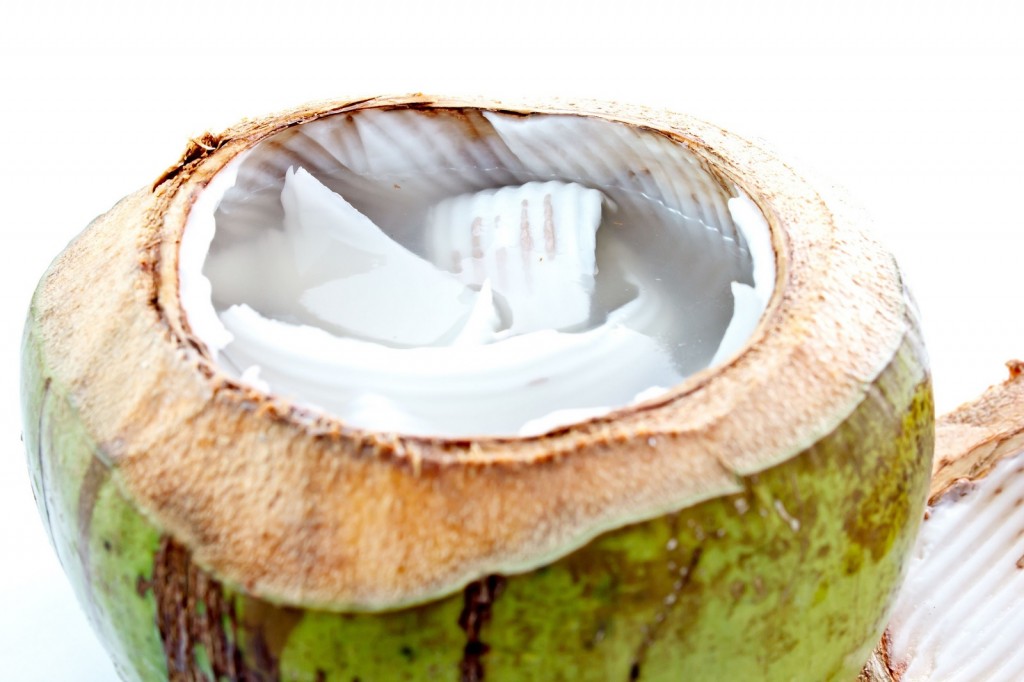
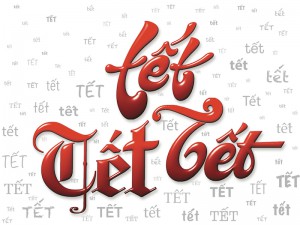
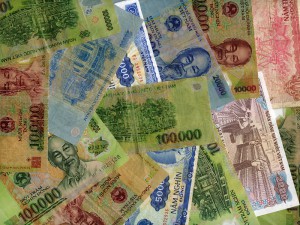
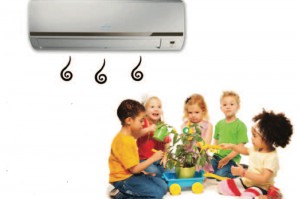
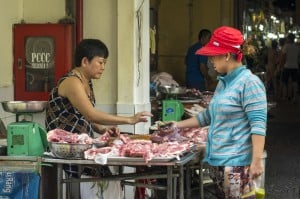
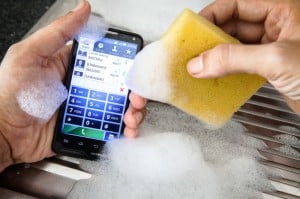


2 thoughts on “Is it true that they bleach coconuts here to make them whiter and more appealing to customers?”
My wife bought me a coconut from Walmart last week and I was shocked to see it; very light in color compared to what I am used to seeing. The “milk” inside tasted of chemicals like poison. I did not eat the meat.
I just bought two coconuts from the Asian market…and upon cracking it opened, the coconut water tasted like chemicals!